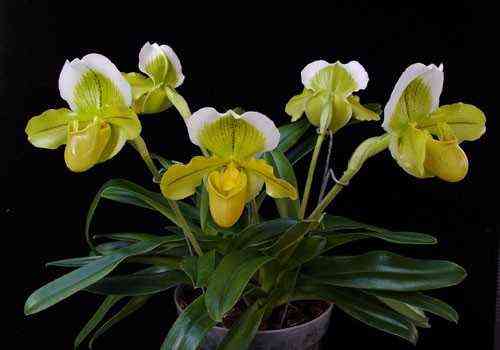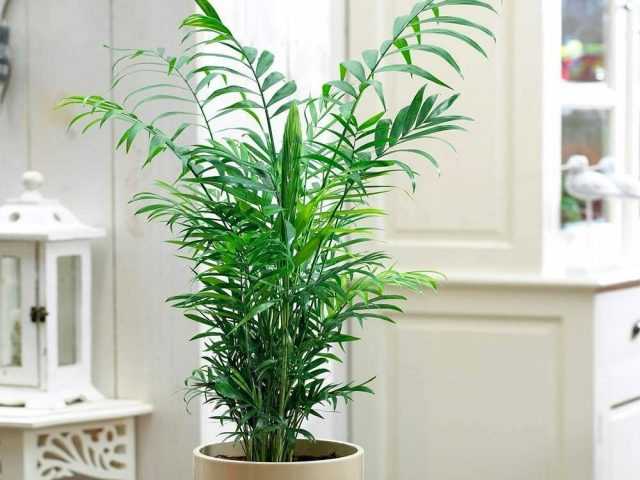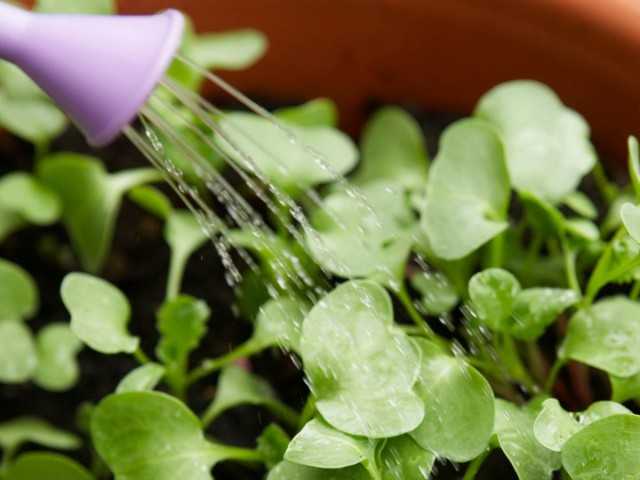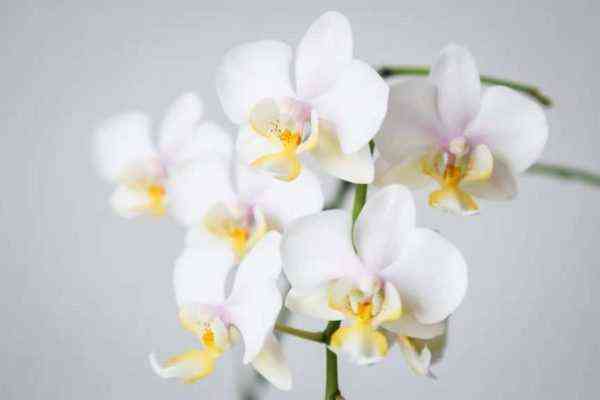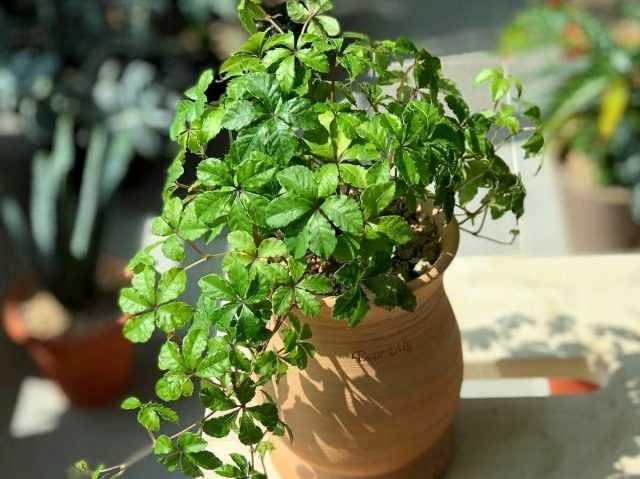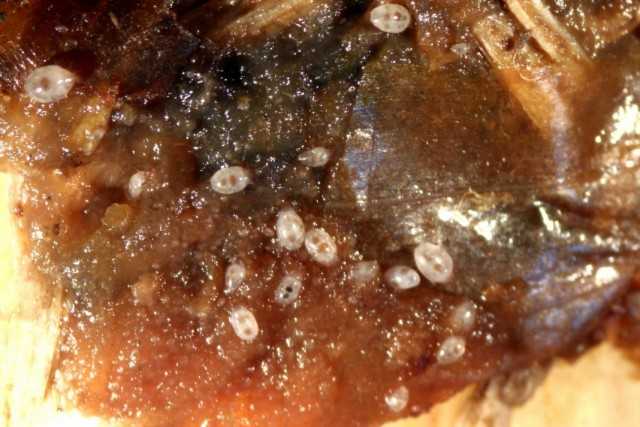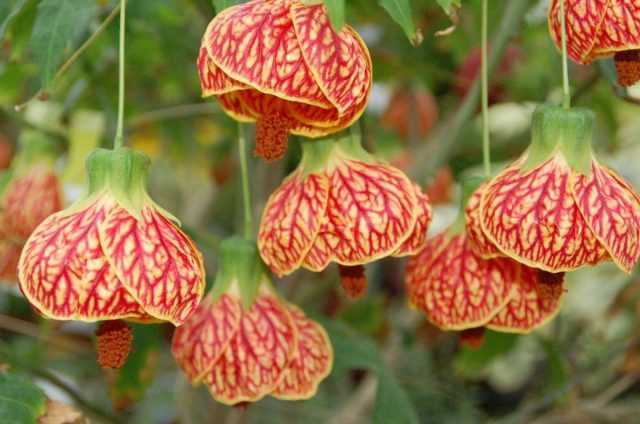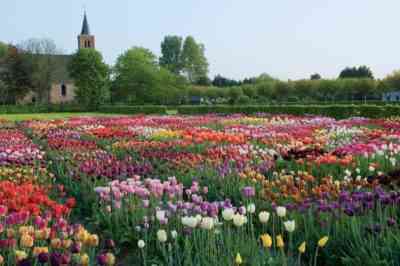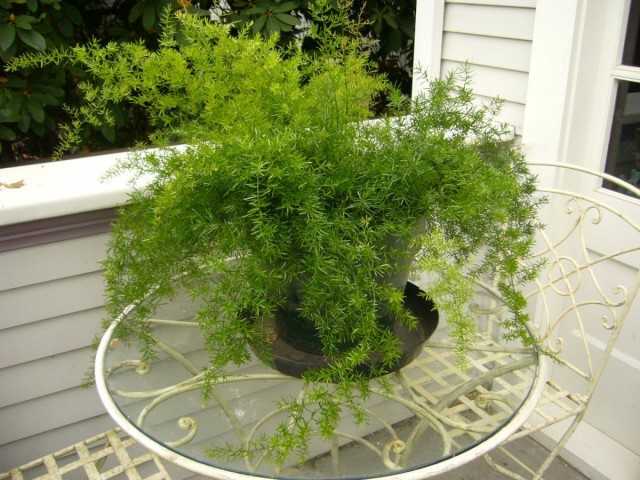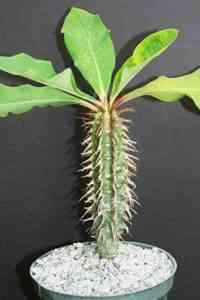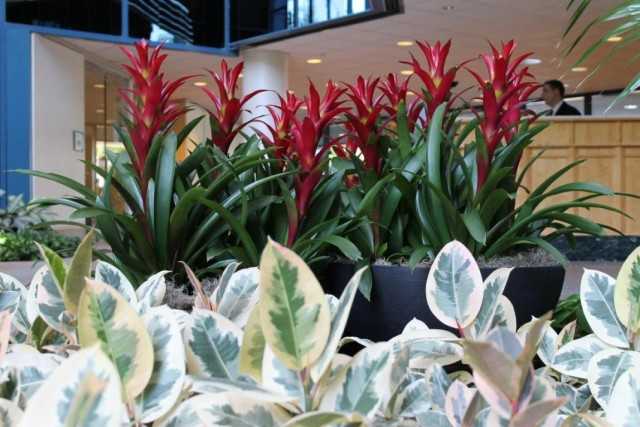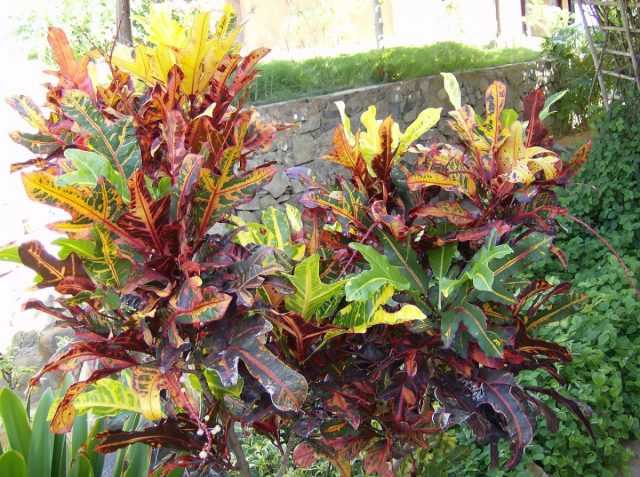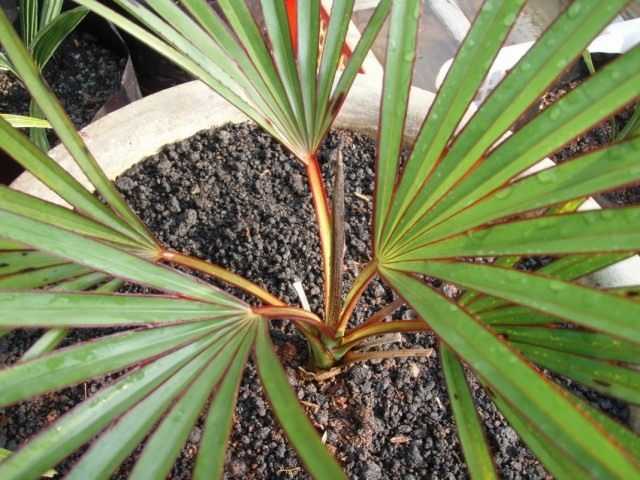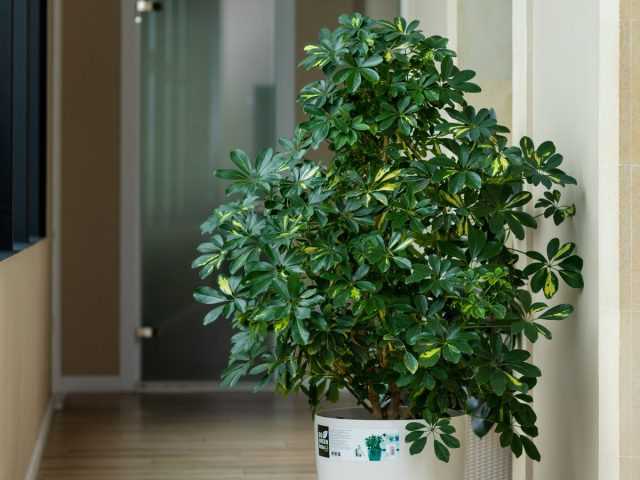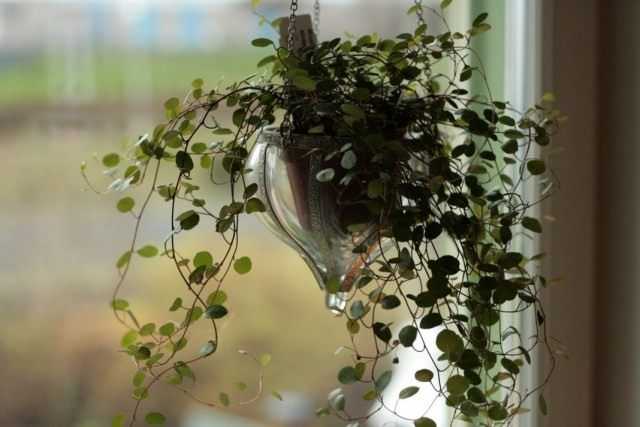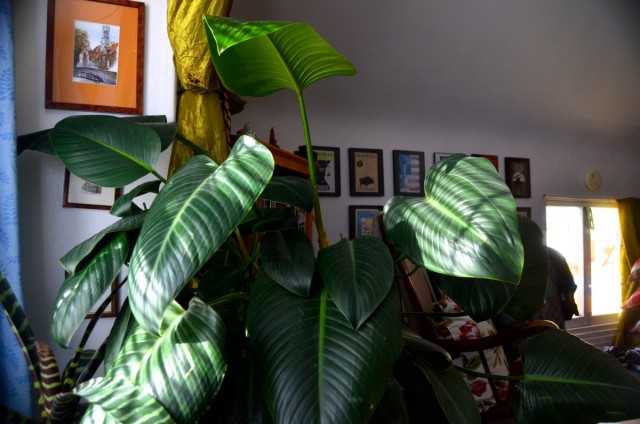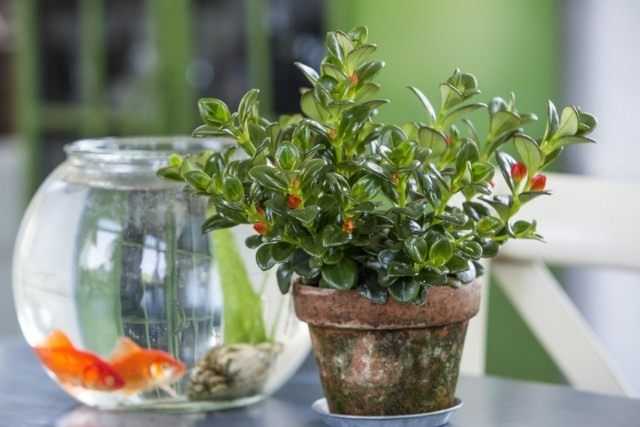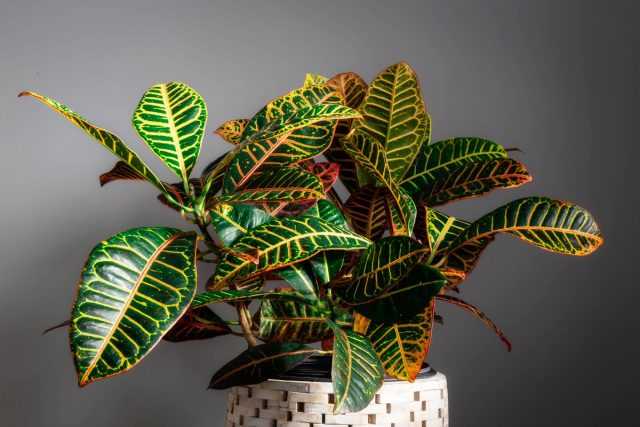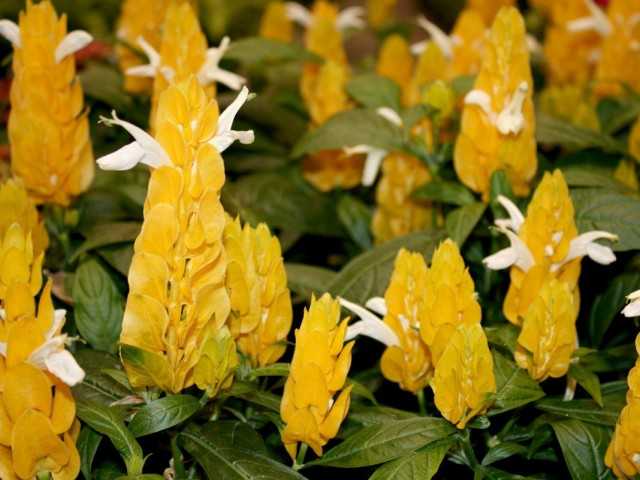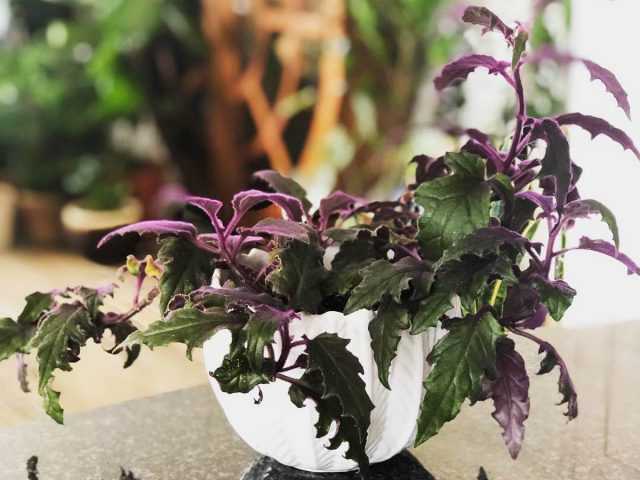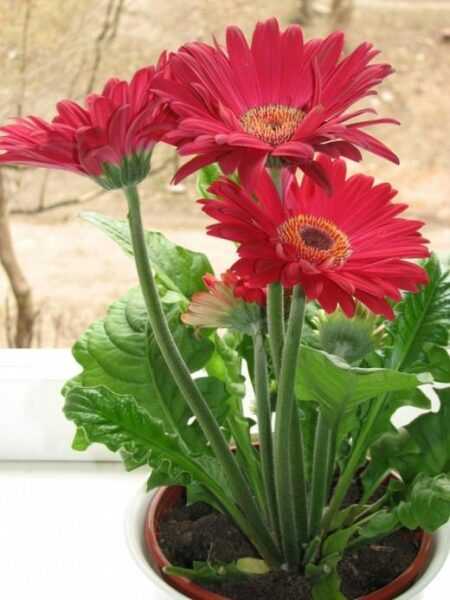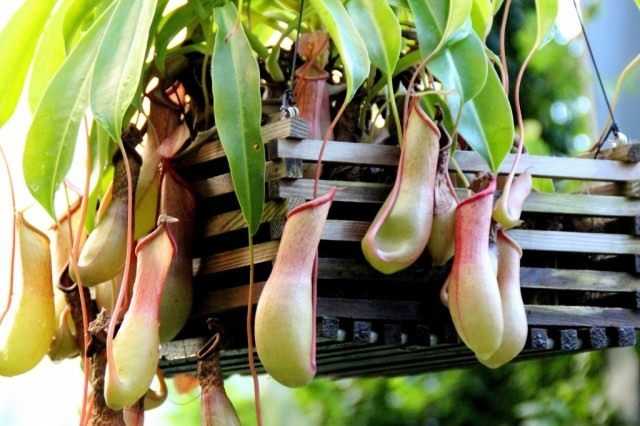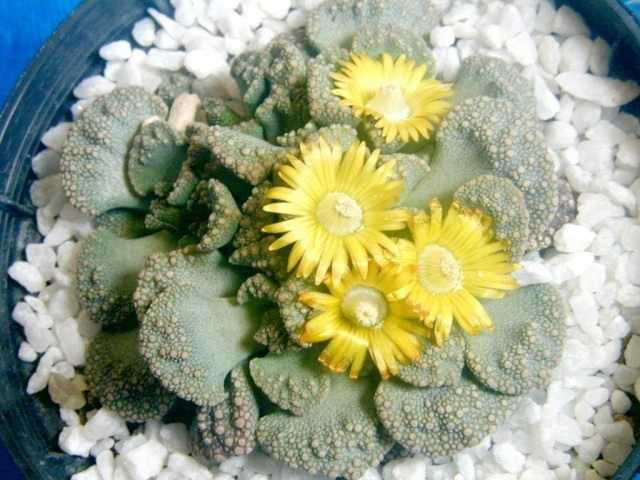The most beautiful euphorbia comes from sunny Mexico and the central regions of America. also called Poinsettia in honor of the American Minister, who played an important role in promoting the plant. Another name – the Star of Bethlehem – is associated with the blooming time of euphorbia – on the eve of the Christmas holidays.
- Description of the plant
- Purchase and adaptation
- Growing conditions
- Soil selection
- Humidity
- Temperature <
- Lighting <
- Care
- Fertilizers
- Watering
- Transplanting
- Preparing for flowering
- Propagation
- Diseases and pests
- Useful videos
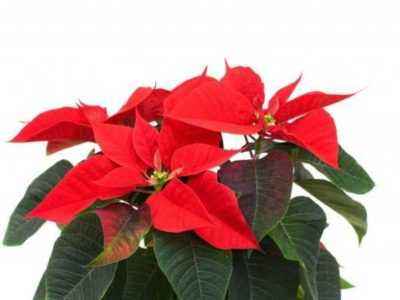
Euphorbia The most beautiful – how to take care
Description of the plant
Beautiful Euphorbia (lat.Euphorbia Pulcherrima) is a spectacular perennial shrub that can grow in nature up to 3 m.
It is often used in landscape design and grown at home. There are specially bred decorative forms up to 30-50 cm tall. The ellipsoidal leaves of the plant are decorated with a serrated edge and an elongated tip. In length, they reach 10-12 cm.
Flowers — small, yellow, grow in inflorescences. The highlight of Poinsettia is bright red stipules, which at first glance can be mistaken for flower petals. In shape, they really resemble a star and create a festive Christmas mood.
Today, varieties of other shades are also widespread: pink, coral, orange, beige. Flowering time is from December to February.
All types of euphorbia with breakage produce a cloudy juice that can cause allergic skin irritation.
Purchase and adaptation
When purchasing Poinsettia, it is important to remember the heat-loving nature of the plant. Do not buy it on the street with trays in the cold. Make sure that the flower shop is warm enough, otherwise the frozen euphorbia will not bloom and may even die.
Before buying, carefully inspect euphorbia: there should be no spots, damage, dry stems and roots on it.
- At home, place the Poinsettia separately from other colors. If after two or three weeks there are no signs of the disease, quarantine can be stopped.
- For the first month, do not disturb the plant with fertilizing, moving and replanting. It’s better not to transplant it at all until the flowering ends.
- Provide milk to comfortable conditions: sufficient heat, no drafts, good lighting, regular but moderate watering.
Growing conditions
Soil selection
The Star of Bethlehem is not demanding on the soil – it is planted in a universal substrate for ornamental deciduous plants.You can prepare the soil mixture yourself from turf and leafy soil, adding peat and coarse sand (in a ratio of 3: 3: 1: 1) to them. Dry manure is often used instead of peat.
Humidity
Poinsettia is a tropical flower that needs moderate humidity. He tolerates temporary droughts adequately, gratefully responds to irrigation from the spray (water should not fall on the bracts).
However, you should not allow waterlogging so as not to provoke illness. Airing of the room is recommended, but drafts are strictly prohibited.
Temperature
To grow euphorbia The most beautiful need to be warm: in summer – at 22-25 ° C, in winter – not lower than 16 ° C.
If the flower freezes, flowering will not take place. In addition, temperature jumps are extremely dangerous: one cold draft can permanently stop the growth of euphorbia.
Lighting
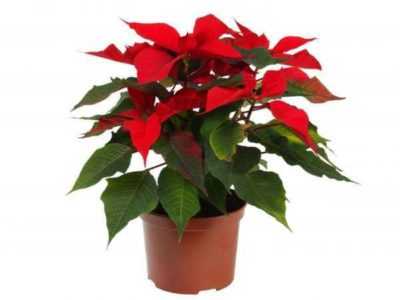
Euphorbia photophilous
The star of Bethlehem loves the light – it is better to place it in a sunny place on the south side of the house on a stand. This is especially true during the flowering period: in low light, bright bracts may fall.
Care
Fertilizers
Feed the flower 2 once a month. During the rest period, the procedure is stopped.As fertilizers, universal complexes for ornamental plants are used.
Watering
The flower is watered moderately – every 7-10 days. In this case, the topsoil should dry out, but not completely dry out. Use soft, well-defended water at room temperature. During dormancy (from mid-February to the end of early April), watering is reduced to once a month.
Transplant
At the end of flowering, the flower stems are cut off, leaving about 10 cm. At the end of March, the plant is transplanted into a more spacious pot with fresh substrate. Drain from broken brick is laid at the bottom, and then a layer of soil mixture. Poinsettia is well watered, carefully removed from the old container with an earthen lump and reloaded into a new pot. Euphorbia is sprinkled with soil and compacted, placed on a light and warm windowsill.
Cutting and transplanting of euphorbia is carried out with gloves so that the juice does not get on the skin and does not cause irritation.
Preparing for flowering
In October and November, euphorbia is prepared for the appearance of flowers. Daylight hours are artificially reduced to 8 hours, covering the plant with a dark cap. By starting to practice this procedure two months before Christmas, you can encourage Poinsettia to bloom right on holidays.
Propagation
Unfortunately, Poinsettia is not easy to propagate at home.The only available method is cuttings, but cuttings do not always take root successfully. However, it’s still worth a try. After the transplant, the shoots will begin to grow and leaves appear on them. Cuttings are cut to a length of 10 cm and placed in water so that the milk juice is stacked and then dried well.
To root, they are deepened into a moist substrate of sand and peat (you can pretreat with a root stimulant). Plants are kept in a greenhouse at a temperature of 24-25 ° C (for this purpose it is convenient to use a regular aquarium). The greenhouse is regularly ventilated, and the soil mixture is moistened. After the appearance of roots, young milkweeds are planted in separate pots and carefully looked after. They will bloom in about a year.
